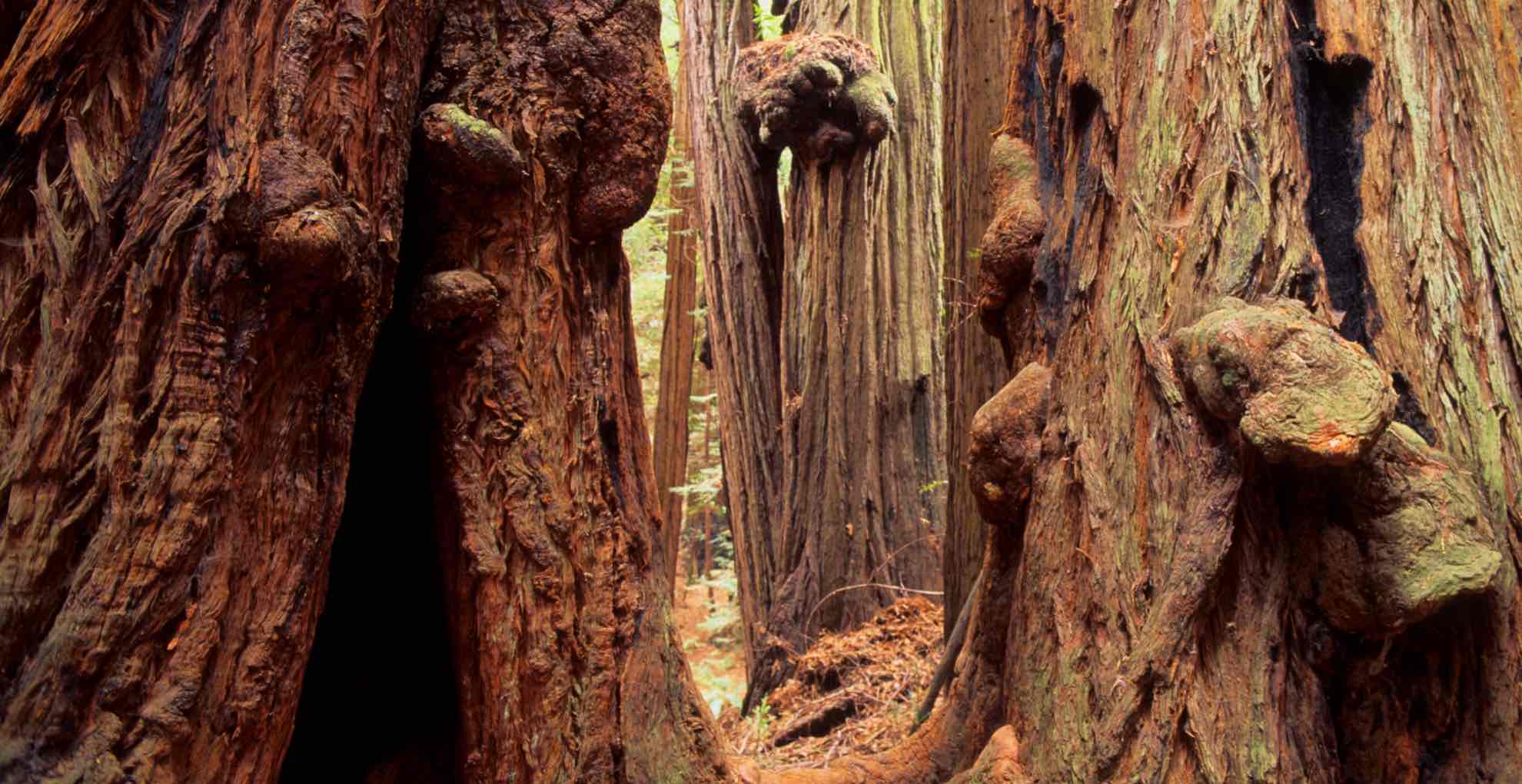A few years after earning my master’s degree in environmental studies, I attended a public lecture at McGill University, my alma mater. The famed chemical ecologist Thomas Eisner concluded his talk on “The Hidden Value of Nature” by saying that a major reason for protecting rainforests is the possibility of finding the next wonder drug there. I recall asking him if, by putting a higher value on particular plants (or animals or fungi), there wasn’t a danger of caring less for everything else, namely the species that do not appear useful. The question seemed to surprise him, but I don’t remember how he replied.
Eisner’s rhetoric clashed with my biocentric view of the environment — and may have proved unnecessary. His small audience consisted of science professors, students, and alumni like me — presumably pre-sold on the idea of biological conservation. He was not tasked with convincing shareholders in the pharmaceutical industry or owners of cattle operations to allow some of the planet’s living jewels, tropical rainforests, to keep on living. His appeal “to reason” lifted arguments straight out of the capitalism handbook.
Everyone from biodiversity prospectors to ecologists seeks to unveil the hidden value of everything in the natural world, with or without different ends in mind. Some things are considered goods, like the Madagascar periwinkle, source of vincristine, an alkaloid used for chemotherapy; others are services, like a mushroom’s ability to detoxify soil.
In the decades since Eisner’s talk, conservationists have drawn attention to the idea of ecosystem services, or ES, that they once directed to individual poster-child species. In the 1990s, the endangered spotted owl became an emblem of old-growth, West coast forests, with protesters trying to halt logging — and angry loggers putting a price of a different kind on the owl’s feathered head. These days, the conservationist’s greatest rhetorical weapon for garnering support for their causes tends to be the story of a whole ecosystem and its many wonders.
The argument goes as follows: When nature provides free of charge something humans need or want, that utility justifies losing any revenue earned from exploiting or even destroying the ecosystem in question. A good example might be deciding not to build a fancy beachside resort that would eventually ruin the nearest coral reef, home to a vibrant marine community that helps feed local people and attracts tourists. There is hardly anything more fundamental to economics than the cost-benefit analysis.
The field of study has branched out since the 1970s, when the concept of ES first appeared. The United Nations–affiliated Intergovernmental Science-Policy Platform on Biodiversity and Ecosystem Services, or IPBES, employs the contentious term “sustainable use” as it lists the ways humanity depends on the more-than-human world. Environmental scientist Gretchen Daily’s work has given rise to the Natural Capital Project, an ambitious program that urges world leaders to appreciate nature — essentially by putting a monetary value on it. Then there’s the catchy term “nature-based solutions,” which proposes ways to employ ES to improve human welfare. Its appeal lies in cases of immediate need, such as using green spaces to decrease urban heat-island effects.
Everyone from biodiversity prospectors to ecologists seeks to unveil the hidden value of everything in the natural world, with or without different ends in mind.
A recent editorial in Science admits that biodiversity credits — which provide a way for companies to finance activities that, on the whole, increase biodiversity — may sound like promising sources of conservation funds. But the authors contend that “the risk that trading ill-defined generic biodiversity credits will result in biodiversity loss, not conservation, should be considered. Scarce resources could be diverted to market regulation rather than conservation.” Even The Economist Impact notes that the “difficulty of quantifying biodiversity units as opposed to carbon units renders impact assessment challenging.”
And then there is the startling rise this century of green (or eco-) capitalism — to some, an oxymoron. Capitalism seeks endless growth. Ecology sees growth as part of a larger process. So why has conservation embraced capitalism so enthusiastically? The quick answer is that everyone understands money — how it changes hands, how it accumulates, what happens when it’s scarce — and most realize that conservation can be extremely expensive. The typical nature-lover would save endangered species and spaces at almost any cost; after all, extinction is forever. As a result, those working to protect nature frame their efforts in language people grasp immediately. Unfortunately, that can mean mentioning, say, a mangrove swamp’s amazing ability to absorb coastal storm surges in the same breath as the cost of real estate protected.
One recent opinion piece observed that “scientific articles increasingly highlight the benefits of, rather than the threats to, habitats,” the latter being too gloomy, off-putting. Talking about how urban tree cover reduces the heat-island effect sounds positive. In contrast, describing yet another unfolding disaster will turn many people off.
Capitalism seeks endless growth. Ecology sees growth as part of a larger process. So why has conservation embraced capitalism so enthusiastically?
A team of environmental researchers in 2013 described several major metaphors for our actual or potential relationships with the rest of the living world. Of these, the researchers wrote, one predominates: economic production, meaning that humans treat nature like a warehouse and service center. I have found that the old idea of stewardship — which at least cautions the dominant species, us, to take good care of everything else — is about the best metaphor currently available. That isn’t saying much. Anthropocentrism remains front and center, no matter how it’s dressed up.
We certainly need to obtain raw materials from the geosphere and the biosphere, but other species do not exist for us. It can be a challenge to tease these realities apart, especially as many cultures condone human privilege to use “resources” as we see fit.
As I brashly pointed out to a respected scientist many years ago, whenever we call certain species or communities “valuable,” we create de facto categories — in-groups and out-groups. This is profoundly arrogant and myopic. As the iconic 20th-century conservationist Aldo Leopold said, “To keep every cog and wheel is the first precaution of intelligent tinkering.” No one can deny that we are master tinkerers, but maybe not such intelligent ones. The species we end up devaluing could be linchpins for ecological processes yet to be comprehended.
As ES research continues, and persuasive examples accumulate, how do researchers, editors, and science journalists frame the results? Do they uncritically further the capitalist, everything-has-a-price agenda? Do they reinforce the idea that humanity possesses some right to pass judgment on which organisms best suit us and our chosen companions? Finally, when we discover these wonders and decide what to do with them — exploit or protect — do we ensure reparations to local peoples thereby avoiding charges of biopiracy or environmental injustice?
A recent article in Nature proposes taking neither an anthropocentric nor a purely biocentric approach to evaluating nature, but a diverse, “pluricentric” one. Instead of objectifying the natural world, we ought to see ourselves as part of it, a stance commonly associated with Indigenous peoples.
In the meantime, ignorance, arrogance, and stubborn adherence to outmoded capitalist mythologies — not to mention the climate crisis — almost ensure that threats to biodiversity will increase. We know far too little to make snap “Sophie’s Choice” decisions about what to save, exploit, or merely leave to its fate. The market adds complications. Let’s cultivate some humility, in both science and society. We clearly cannot save everything, but we must not believe that putting a price on nature’s functions is the best way to save as much as possible.
Louise Fabiani’s science writing and critical essays have appeared previously in Undark, as well as in Sierra, JSTOR Daily, Aeon, Slate, Science, New Scientist, the TLS, and elsewhere. She lives in Montreal.












I am reminded of an article I used to have my Ecological Economics students and Ecology students read when I taught at Prescott College:
Peterson, M. J., Hall, D. M., Feldpausch-Parker, A. M., & Peterson, T. R. (2009). Obscuring ecosystem function with application of the ecosystem services concept. Conservation Biology, 24(1): 113–119.
As I responded to a keynote talk by our college president at a Ph.D. symposium, when he was going on about how utilizing and framing practices in terms of ecosystem services as the wave of the future: “This is why nature, including our part in it, are doomed. We are the ‘have-your-cake-and-eat-it-too’ species. As long as we cling to a Capitalistic approach to problem-solving in general, and with nature in particular, we will never effect long-lasting solutions if it hits our bottom line in any uncomfortable way. Saving nature must be cost-effective in this paradigm, and I condemn that. Already, just as with the earlier term, ‘ecosystem management,’ these rubrics are taken at face value and slapped onto ongoing management practices – it is just more pretty packaging of the same old thing!”
My take: we never ever negotiated our mass production of natural resources with out fellow citizens of the earth, its biota. Why? Because institutions like the Church saw everything as a stepping stone to paradise, including all resources (I do not even like using that word).